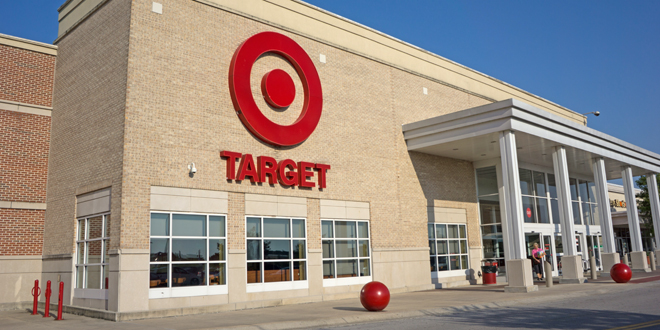In its first-quarter 2020 financial results, big-box retailer Target reports total revenue of $19.6 billion, an 11.3 percent rise from the same period in 2019.
While its stores remained open amid COVID-19 in the U.S., Target also experienced significant digital sales growth in the quarter. Digital sales grew 141 percent throughout the quarter, contributing to 9.9 percentage points of the company’s 10.8 percent comparable sales growth.
Target’s brick-and-mortar stores served as hubs for nearly 80 percent of online orders, and 40 percent of customers used Target’s curbside pickup service for the first time.
The company also notes 95 percent of online orders were ready to be picked up or shipped on time. Notably, on the average day in April, Target fulfilled more orders than on Cyber Monday in 2019.
Each month of the quarter, Target saw digital sales grow, from 33 percent in February to 100 percent in March and a 282 percent spike in April.
The e-commerce surge did come at a price, CNBC reports.
Customers made fewer trip to Target stores but increased their average transaction size by more than 12 percent, according to the company. Many customers stocked up on low-margin items like food and other essentials, cutting into Target’s profits.
Target spent about $500 million amid COVID-19 to increase wages for store associates, fund extra cleaning procedures and other expenses. Net income for the company fell to $284 million, down roughly 65 percent from the same period in 2019.
“Right now, we know that consumers are living differently,” says Brian Cornell, chairman and CEO of Target. “They’re shopping differently. They’re adapting to the new environment, so it’s really a time of uncertainty and it’s why we’re making sure we’re as flexible as possible.”
Target is based in Minneapolis and operates nearly 1,900 stores across the U.S.
RELATED: Earlier this week, big-box home improvement stores Home Depot and Lowe’s released their first-quarter 2020 financial results.
 Hardware Retailing The Industry's Source for Insights and Information
Hardware Retailing The Industry's Source for Insights and Information






